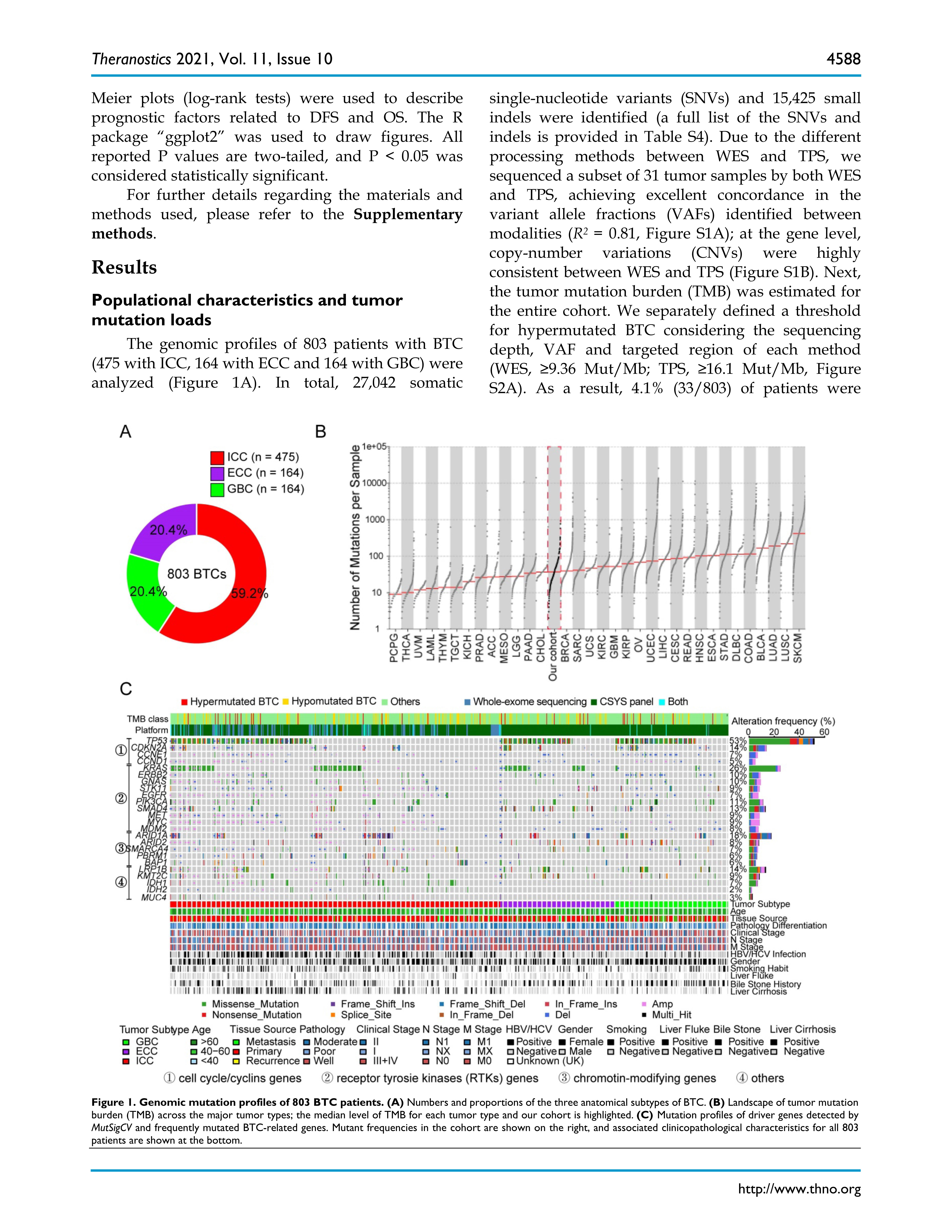Understanding How Accurate Is a PET Scan for Lung Cancer: Insights and Implications for Early Detection
Guide or Summary:IntroductionWhat Is a PET Scan?How Accurate Is a PET Scan for Lung Cancer?Factors Influencing AccuracyRole in Diagnosis and StagingLimitati……
Guide or Summary:
- Introduction
- What Is a PET Scan?
- How Accurate Is a PET Scan for Lung Cancer?
- Factors Influencing Accuracy
- Role in Diagnosis and Staging
- Limitations of PET Scans
#### Translation of the Title:
How accurate is a PET scan for lung cancer
Introduction
Lung cancer remains one of the leading causes of cancer-related deaths worldwide. Early detection is crucial for improving survival rates, and various imaging techniques are employed to diagnose this disease. Among these, positron emission tomography (PET) scans have garnered attention for their ability to provide detailed images of metabolic activity in tissues, making them a valuable tool in the assessment of lung cancer. In this article, we will explore how accurate is a PET scan for lung cancer, the factors that influence its accuracy, and its role in the diagnostic process.

What Is a PET Scan?
A PET scan is a non-invasive imaging technique that uses radioactive tracers to visualize metabolic processes in the body. During the procedure, a patient is injected with a small amount of radioactive glucose (FDG), which is taken up by cells that are highly active, such as cancer cells. The PET scan detects the radiation emitted by the tracer, creating detailed images that can help identify abnormal growths, including tumors in the lungs.
How Accurate Is a PET Scan for Lung Cancer?
The accuracy of PET scans for diagnosing lung cancer can vary based on several factors, including the type of lung cancer, the size of the tumor, and the presence of other underlying conditions. Studies have shown that PET scans can achieve sensitivity rates of approximately 80-90% in detecting malignant lung lesions. However, the specificity may be lower, leading to false positives in certain cases, such as infections or inflammatory conditions that also exhibit increased metabolic activity.
Factors Influencing Accuracy
Several factors can influence how accurate is a PET scan for lung cancer:
1. **Tumor Size and Type**: Larger tumors are generally more detectable than smaller ones. Additionally, certain types of lung cancer, such as non-small cell lung cancer, may be more readily identified than others.

2. **Patient Preparation**: Proper preparation before the scan, including fasting and avoiding certain medications, can enhance the accuracy of the results.
3. **Technical Factors**: The quality of the PET scan equipment and the expertise of the radiologist interpreting the images can also impact diagnostic accuracy.
Role in Diagnosis and Staging
PET scans play a crucial role not only in diagnosing lung cancer but also in staging the disease. By providing information on whether cancer has spread to lymph nodes or other organs, PET scans help oncologists determine the most appropriate treatment plan. This is particularly important for tailoring therapies to individual patients and improving outcomes.
Limitations of PET Scans
While PET scans are a powerful tool, they are not without limitations. False positives can occur, leading to unnecessary biopsies and anxiety for patients. Conversely, false negatives may arise in cases of small tumors or low metabolic activity. Therefore, PET scans are often used in conjunction with other imaging modalities, such as CT scans and MRI, to provide a comprehensive assessment of lung cancer.

In summary, understanding how accurate is a PET scan for lung cancer is vital for both patients and healthcare providers. While PET scans offer significant advantages in detecting and staging lung cancer, their accuracy can be influenced by various factors. As advancements in imaging technology continue to evolve, the role of PET scans in lung cancer diagnosis is likely to expand, offering hope for better early detection and improved patient outcomes.